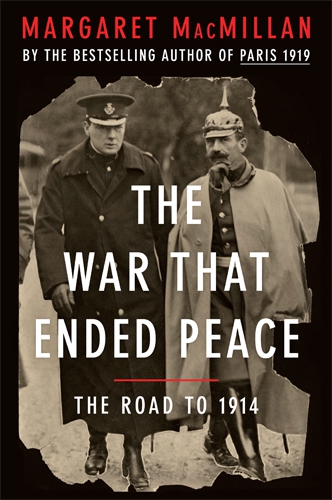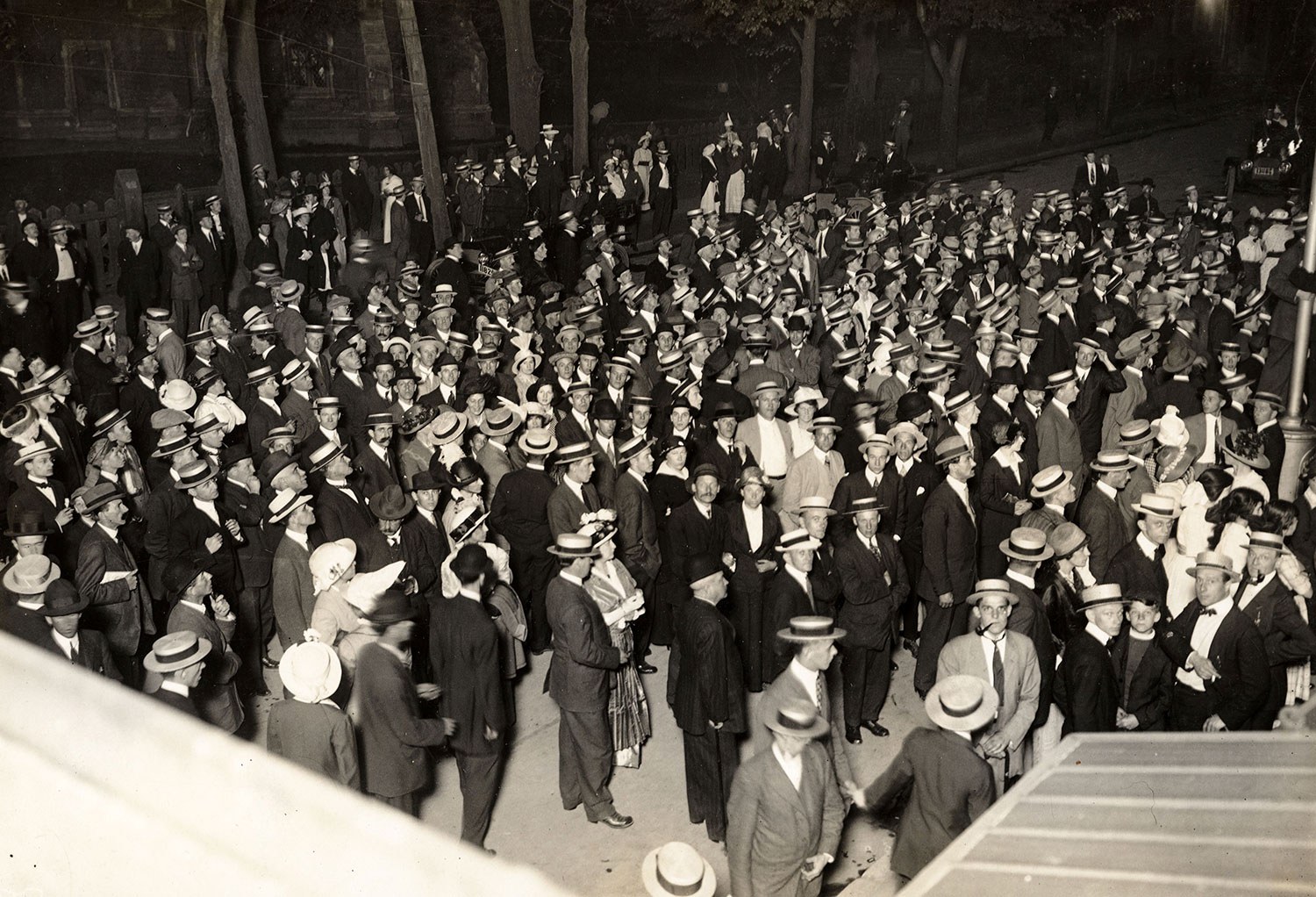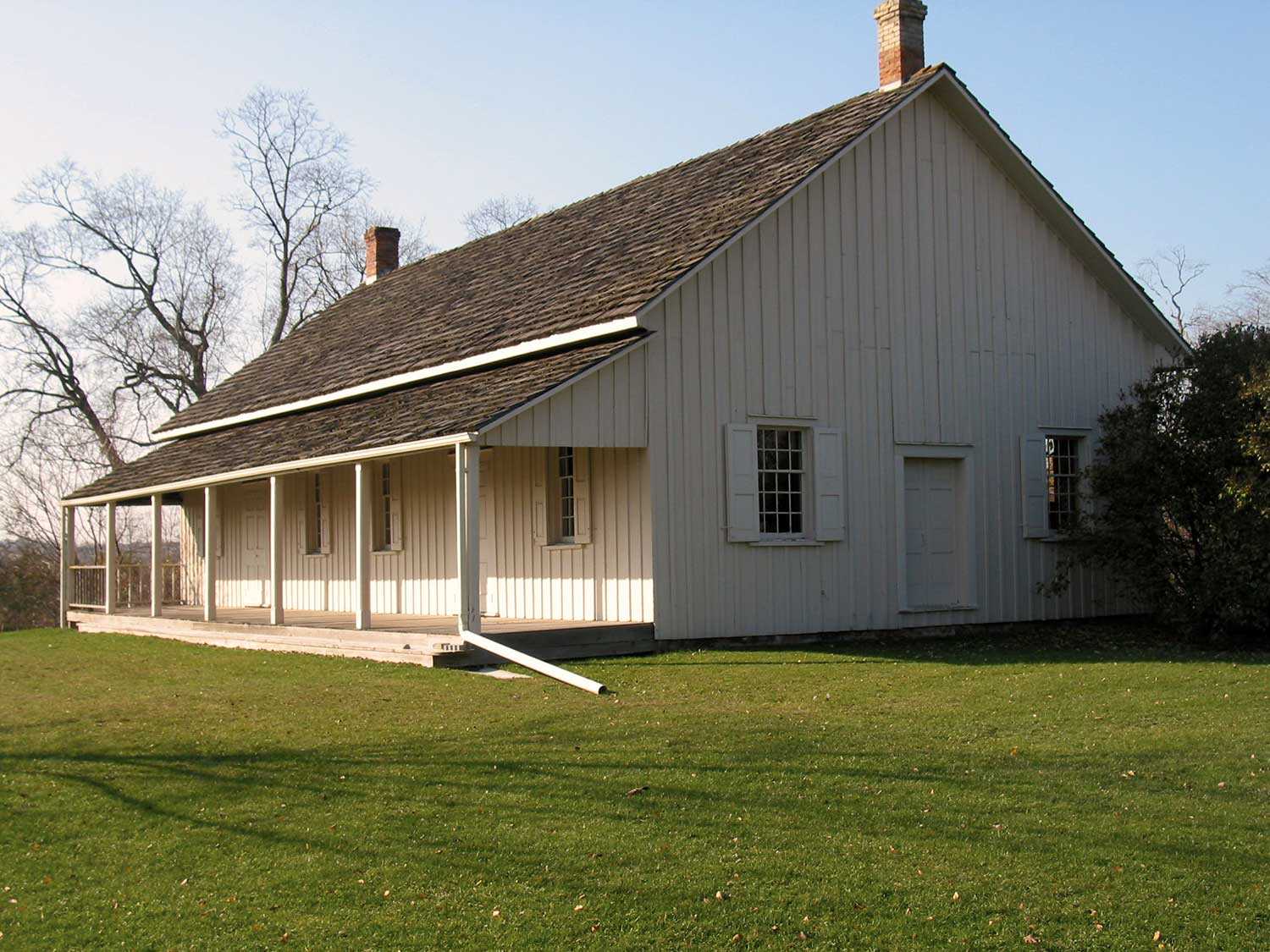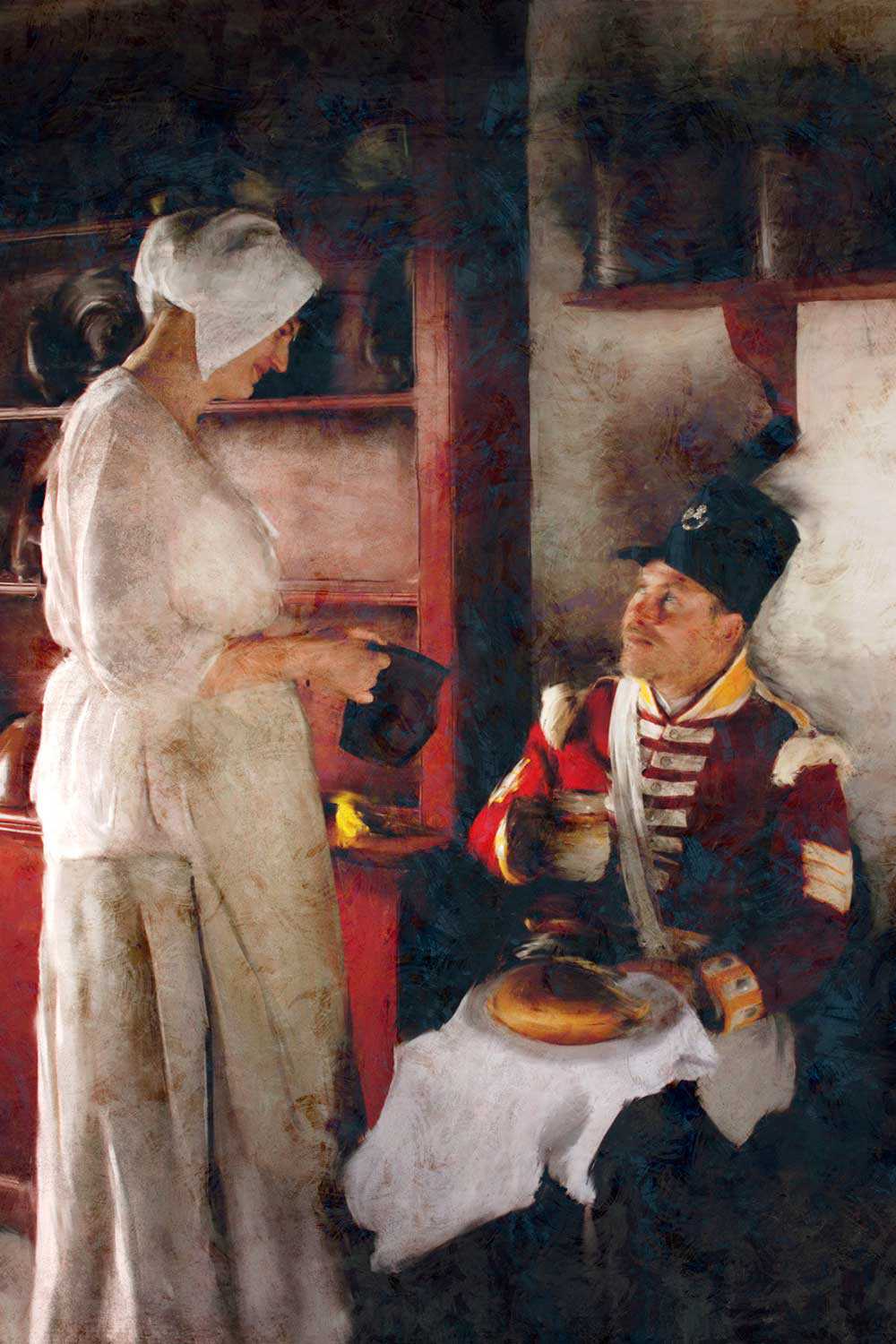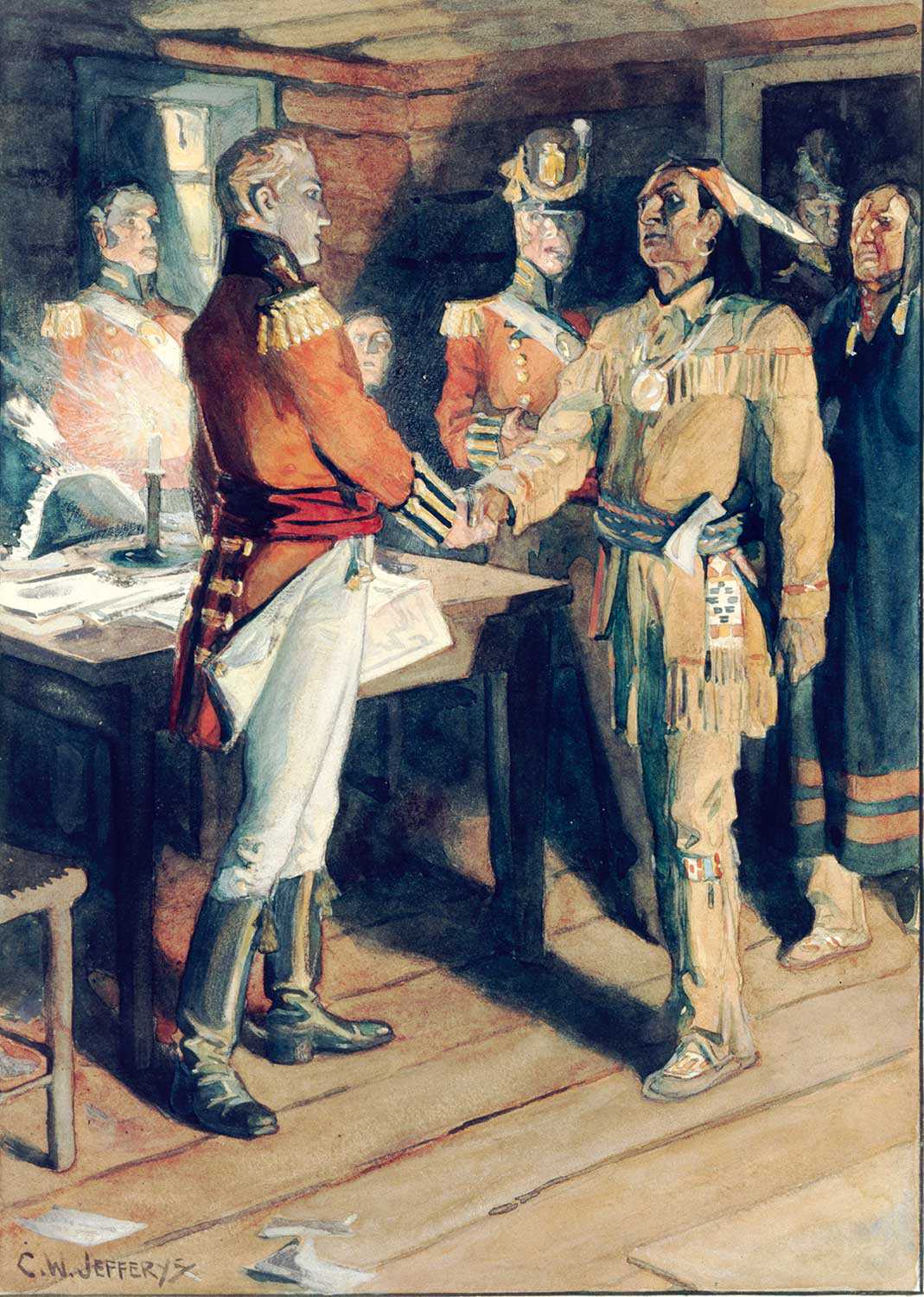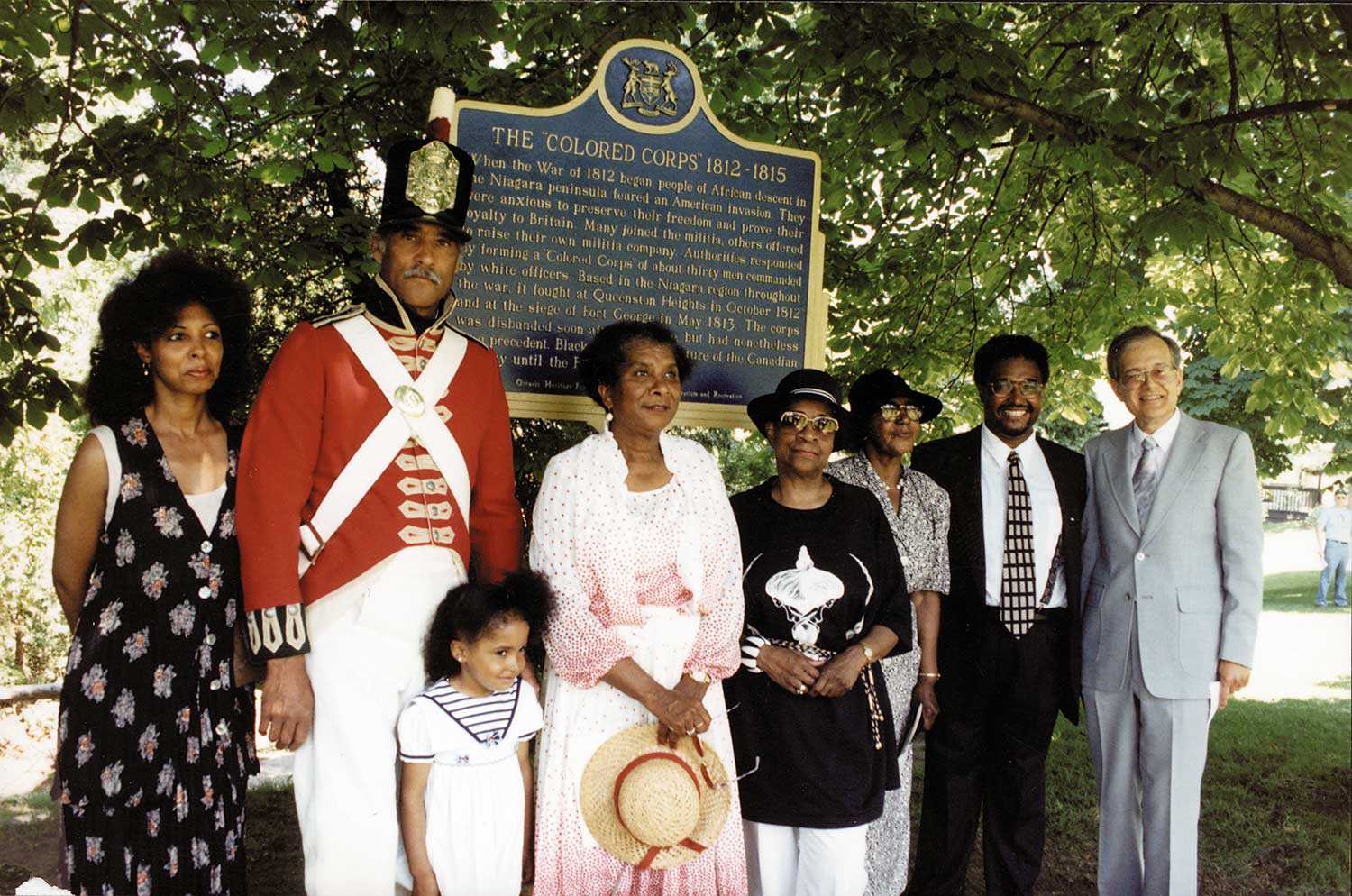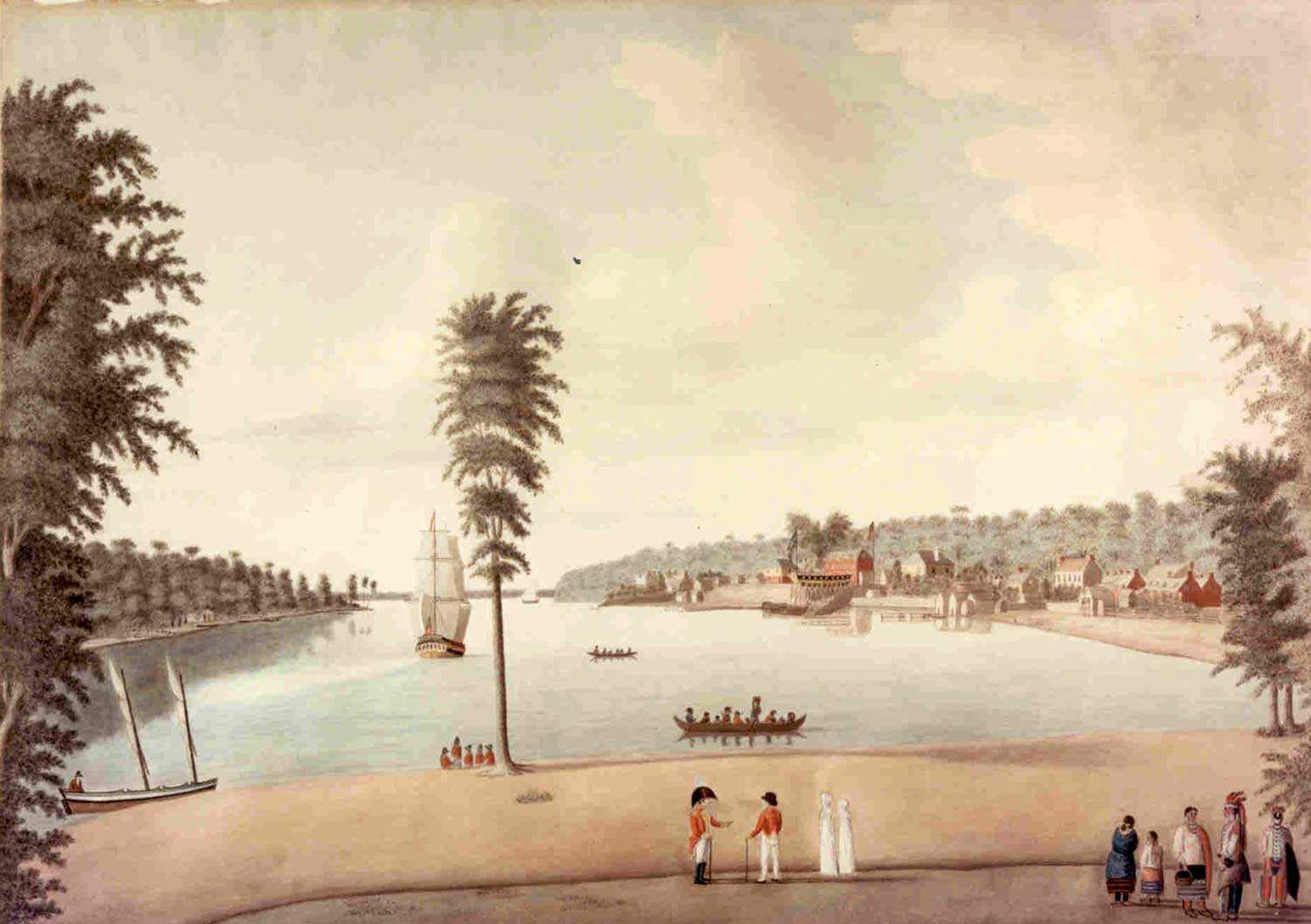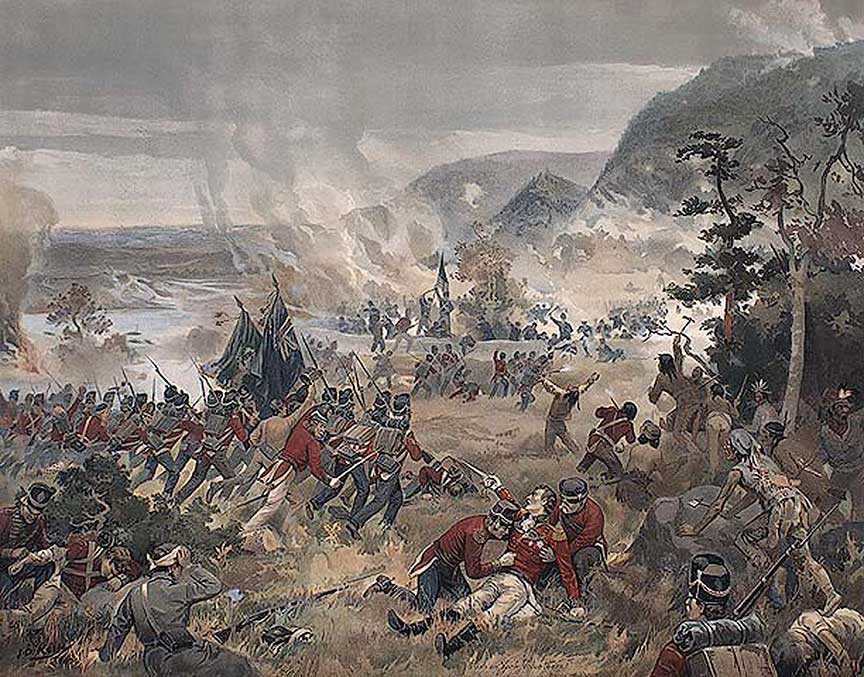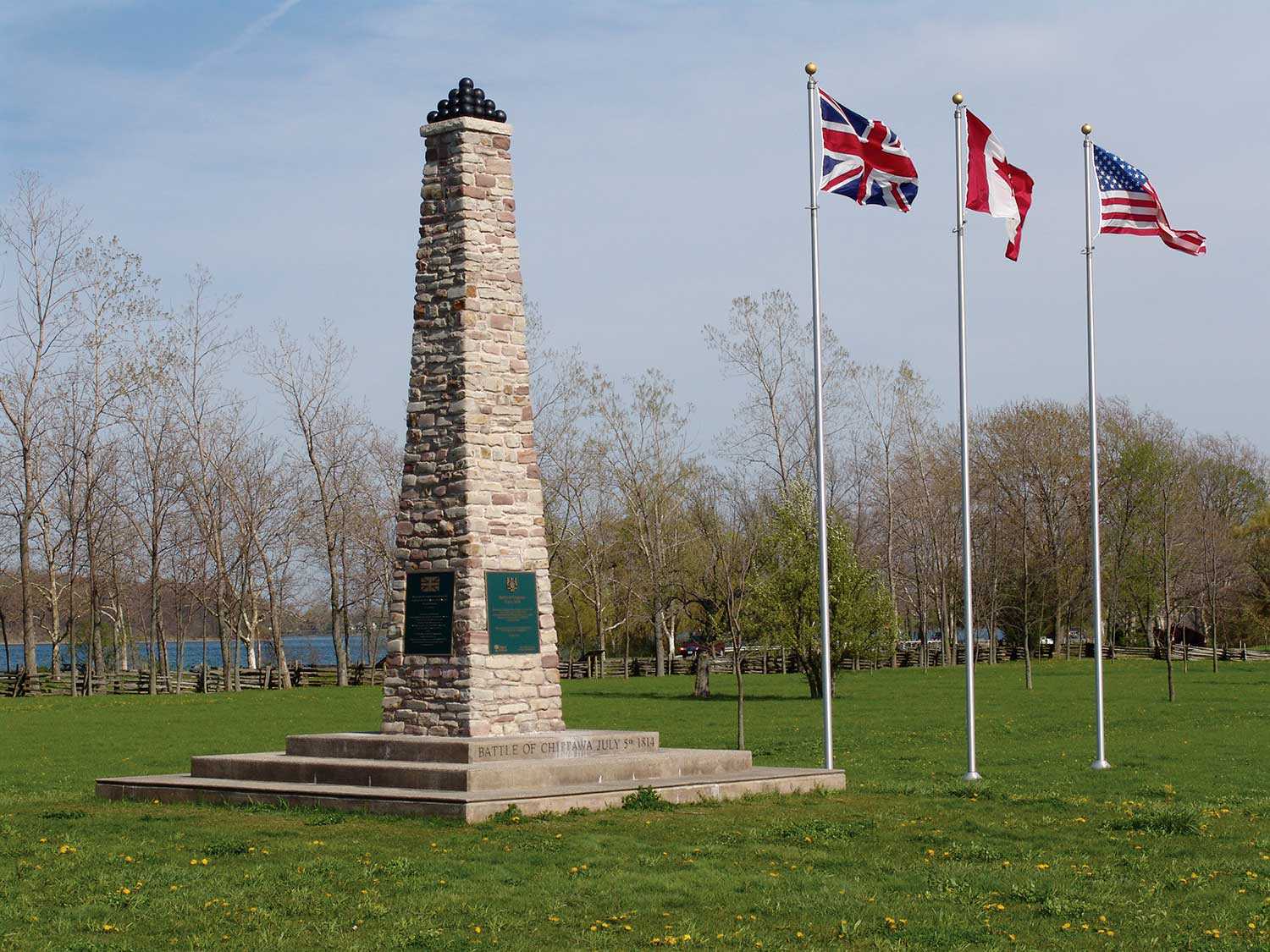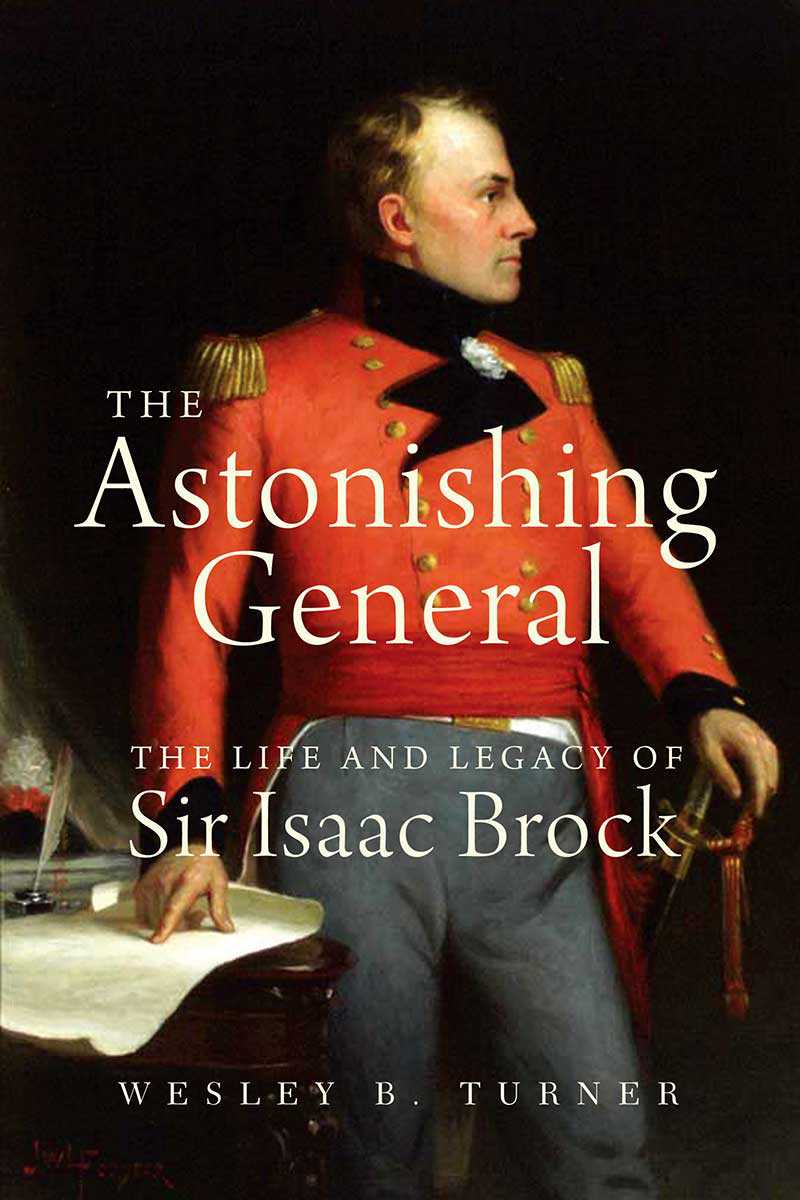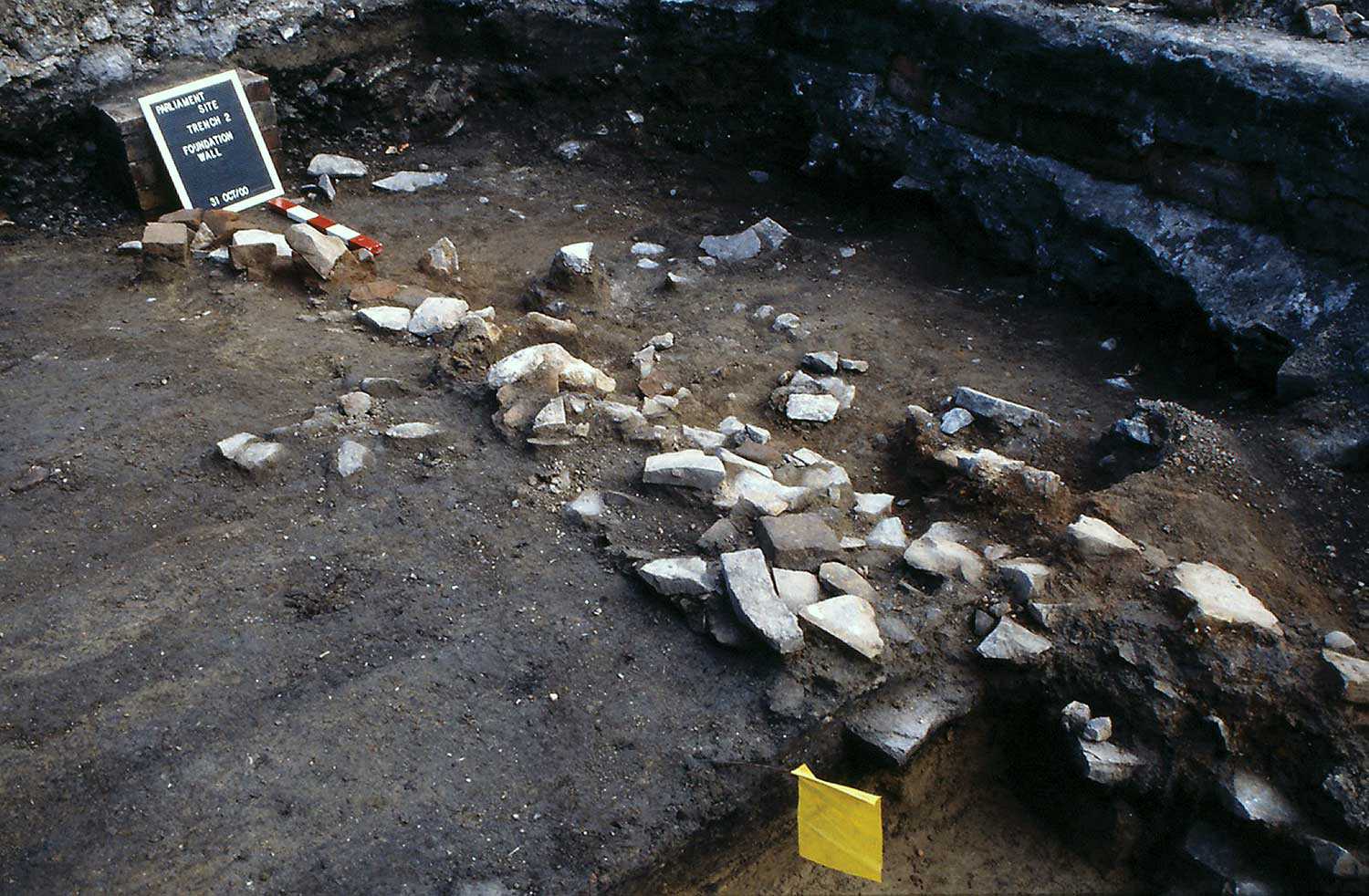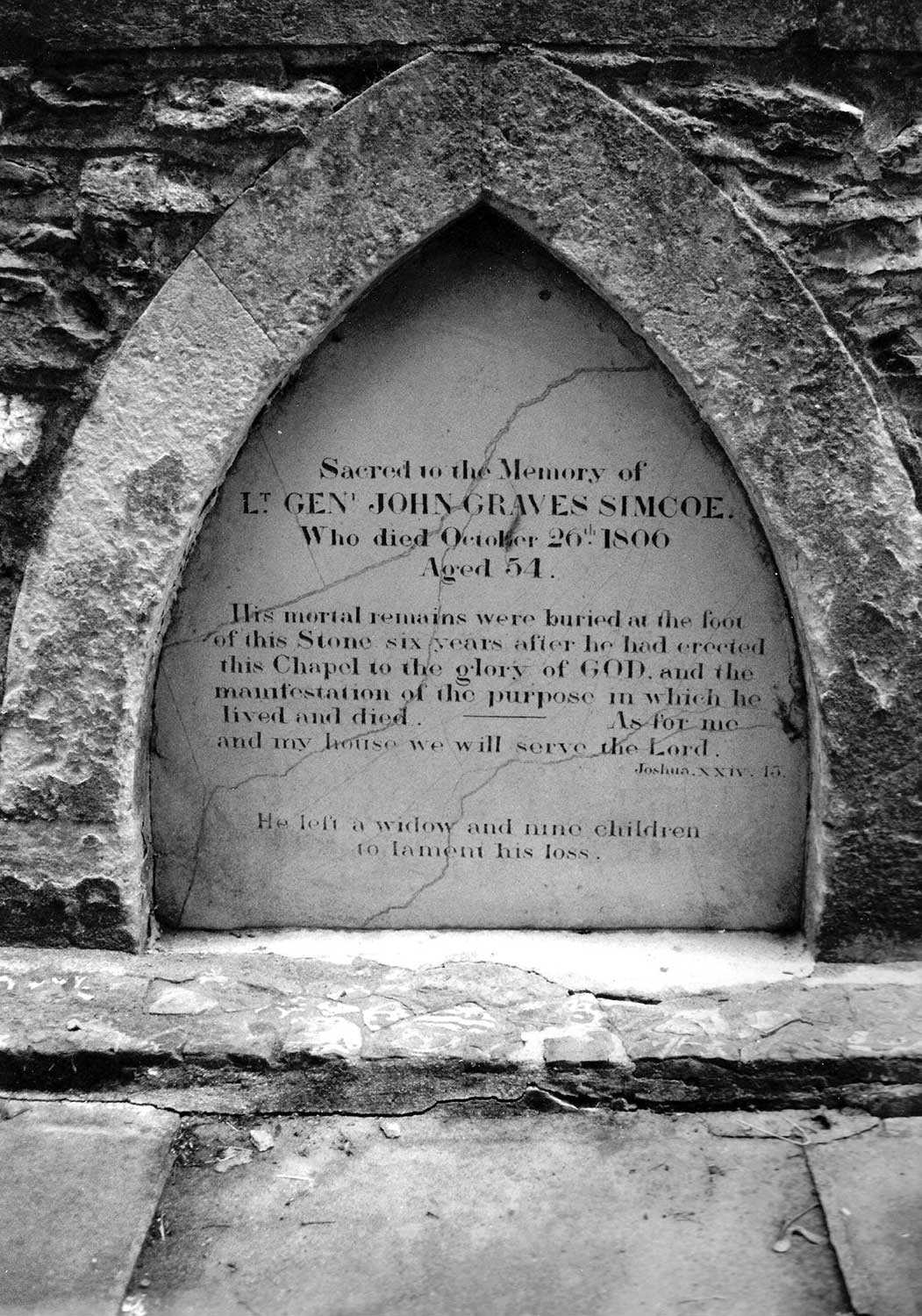

Browse by category
- Adaptive reuse
- Archaeology
- Arts and creativity
- Black heritage
- Buildings and architecture
- Communication
- Community
- Cultural landscapes
- Cultural objects
- Design
- Economics of heritage
- Environment
- Expanding the narrative
- Food
- Francophone heritage
- Indigenous heritage
- Intangible heritage
- Medical heritage
- Military heritage
- MyOntario
- Natural heritage
- Sport heritage
- Tools for conservation
- Women's heritage
Picturing Canada’s poster war
Published Date: 20 Mar 2019

Within popular memory and to many historians, the First World War stands at the juncture of the long 19th century and the modern age. From the growth of state power to new social norms, the war sped up trends that had been simmering in Canada during the pre-war years. The war also had an impact on communications media. Although newspapers remained the main source of information for most Canadians during the conflict, cinema newsreels and other newer media became more commonplace.
War posters – prints ranging from small broadsides to large billboards that conveyed messages through images and text – reflect many of the changes wrought by the war. Although lithographic printing technology originated from the late 1700s, posters from the First World War used innovative techniques of visual communication emerging from commercial advertising. Poster content drew on traditional conceptions of gender, virtue and loyalty, but presented these themes through a mass medium to an emerging mass society. So integral were posters to the era’s communications that scholars have called the conflict “The Poster War.”
For those of us today who want to learn about the conflict’s “graphic” side, repositories across Canada have large war poster collections, many of which are digitized and easily accessible to researchers. The Archives of Ontario’s war poster collection features 295 works, of which 158 originate from Canada during the First World War. These posters may have been produced for immediate display, but they remain an important primary source to understand how the war was “sold.”
Posters typically advertised a specific cause. Many works held in the Archives’ collections asked viewers to make financial contributions toward the war effort via Victory Bonds or the Canadian Patriotic Fund, which provided support to servicemen’s families. Recruitment was another popular topic, with posters that appealed to men’s sense of masculinity, wives’ influence on husbands, or the ethnic identity of potential recruits. Other posters urged increased agricultural or industrial output. Taken as a whole, posters sought to solidify public support for the war, and create social cohesion – even if that meant cartoonish depictions of leaders and peoples from enemy nations.
During the war’s early years, poster production was decentralized and ad hoc. Local recruiting committees, individual regiments or other organizations procured posters from printing houses in Toronto, Hamilton and other locales who employed graphic designers (some of whom, like J.E. Sampson, enjoyed distinguished careers in the post-war years). Canadian posters sometimes bore similarities to other popular poster designs that had originated in Britain and other Allied countries.
By 1916, the federal government established the War Posters to create visuals that promoted aims of the Canada Food Board and other wartime initiatives. Often identical English and French versions existed. War posters, like so much else during the conflict, echoed the growing influence of the federal government on the lives of Canadians. Poster messages also reflected another trend: a sense of adventure and optimism in the early stages of the conflict, and honest desperation to finish the job as the war dragged on.
Although poster circulation ranged from a few hundred prints to tens of thousands for the largest campaigns, the direct impact of war posters on Canadians is hard to quantify. Did posters lead to greater financial support, recruitment and mobilization? Understanding how audiences interpret communication media is notoriously difficult, especially when studying the past. What can be said is that war posters – on display in recruitment offices, transportation centres, public squares and other high traffic areas – were a significant part of the home front’s visual landscape. They also made Canadians more familiar with the devices of commercial advertising, a trend that continued when the war ended in 1918.
The First World War has passed on from lived experience to public memory. Few Canadians are still alive who remember the conflict, and so records about the war held in archives and other repositories now have an even greater significance. War posters document in vivid detail not only the visual culture of the era, but also the ways the government and other institutions communicated the war to Canadians.
Dr. Jay Young is an Outreach Officer at the Archives of Ontario.

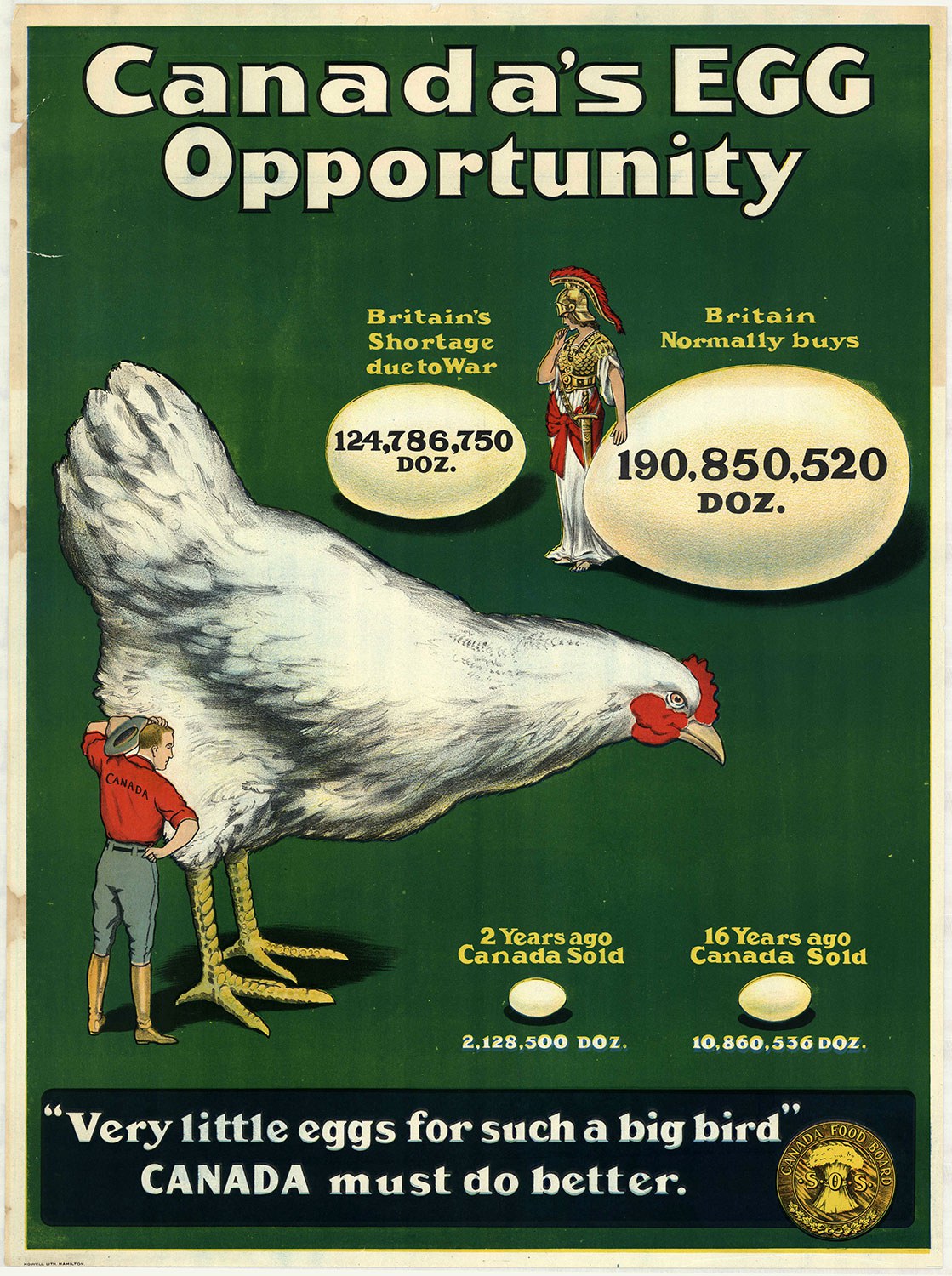
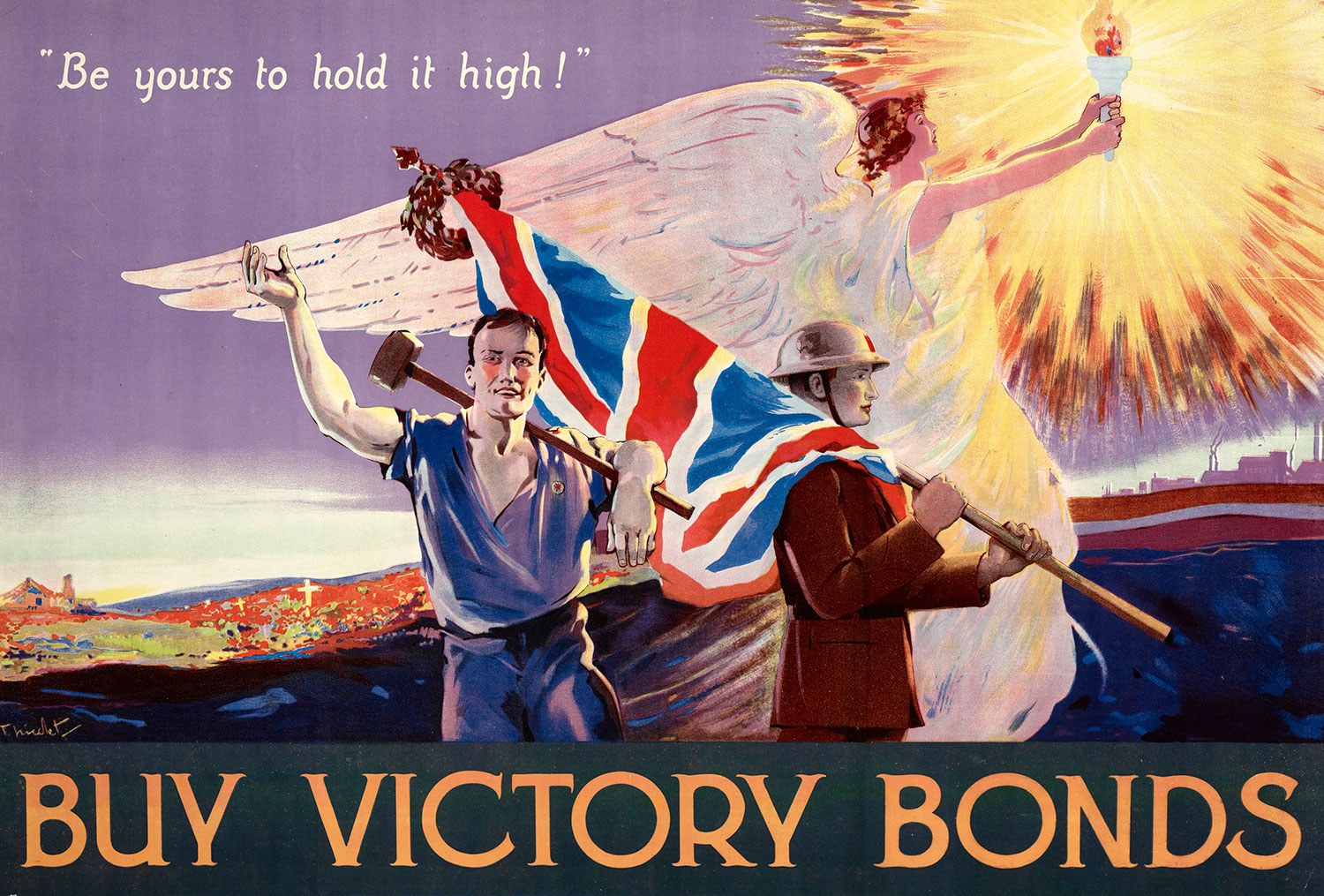


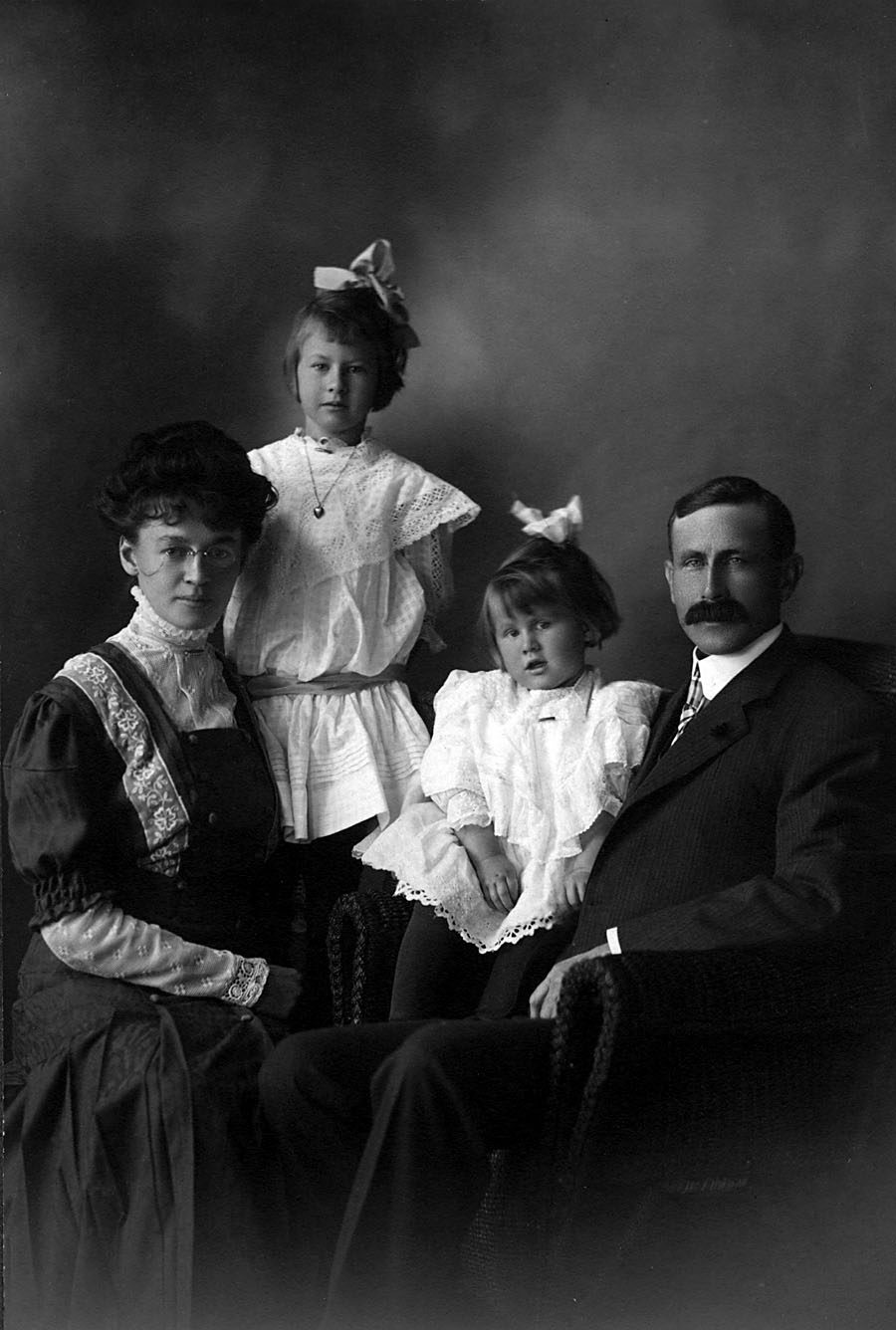
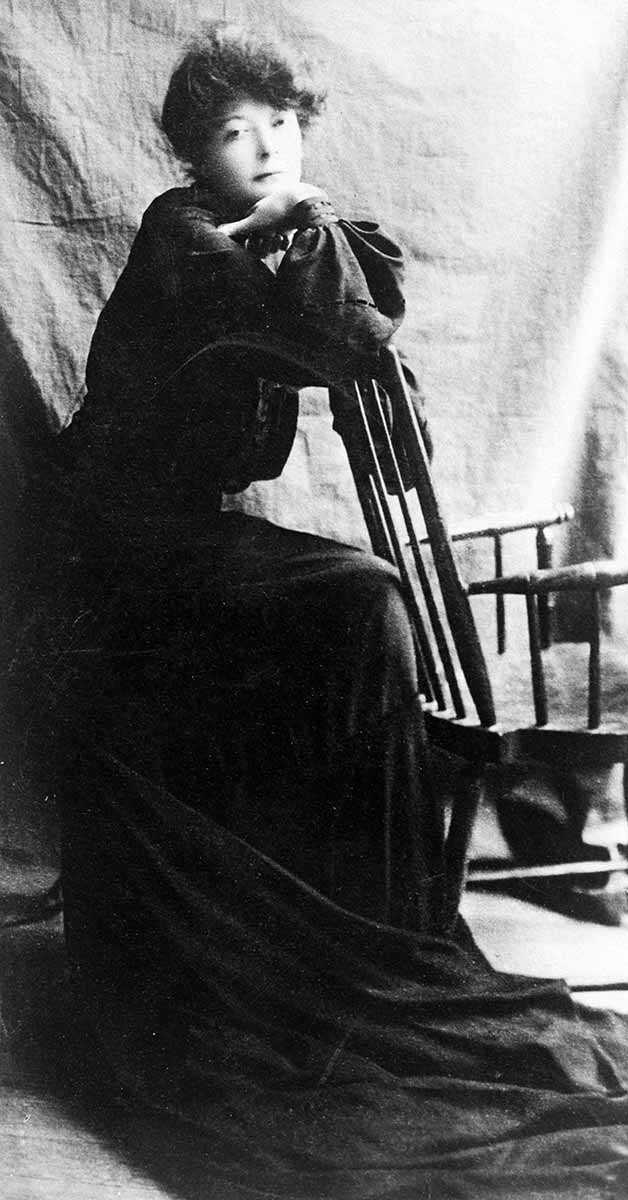

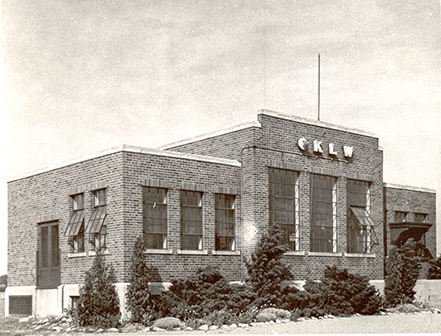

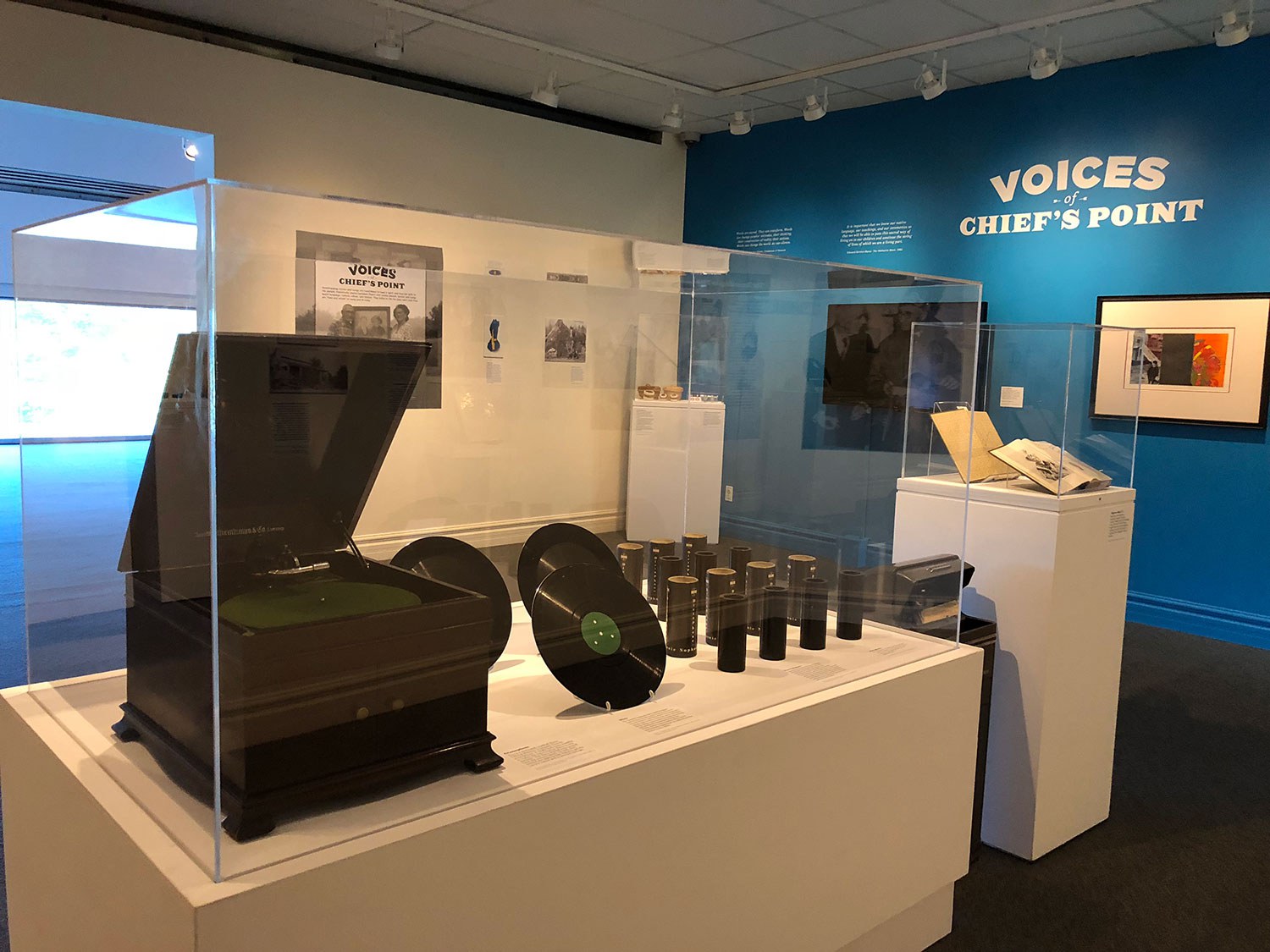
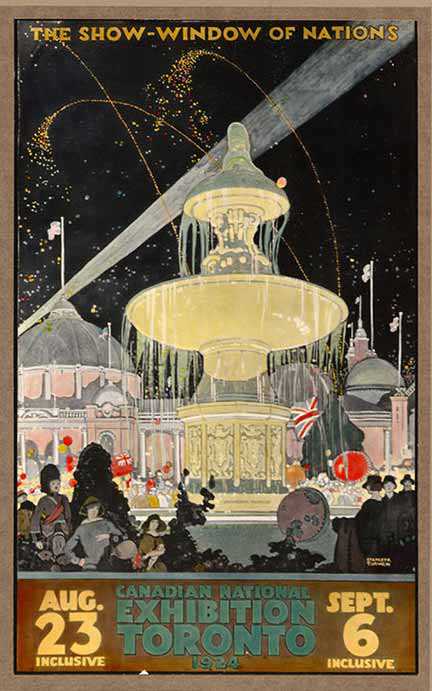
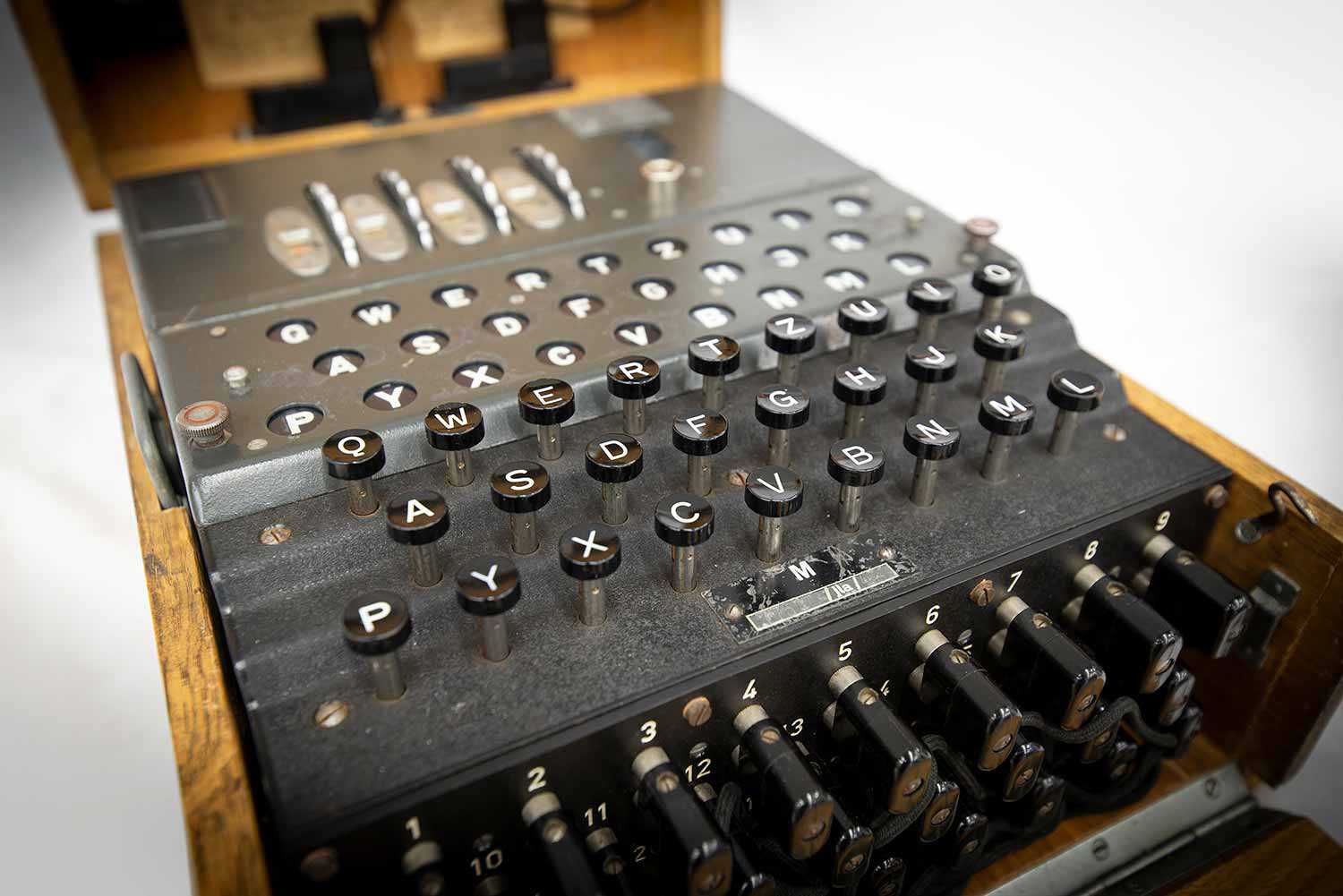


![J.E. Sampson. Archives of Ontario War Poster Collection [between 1914 and 1918]. (Archives of Ontario, C 233-2-1-0-296).](https://www.heritage-matters.ca/uploads/Articles/Victory-Bonds-cover-image-AO-web.jpg)
